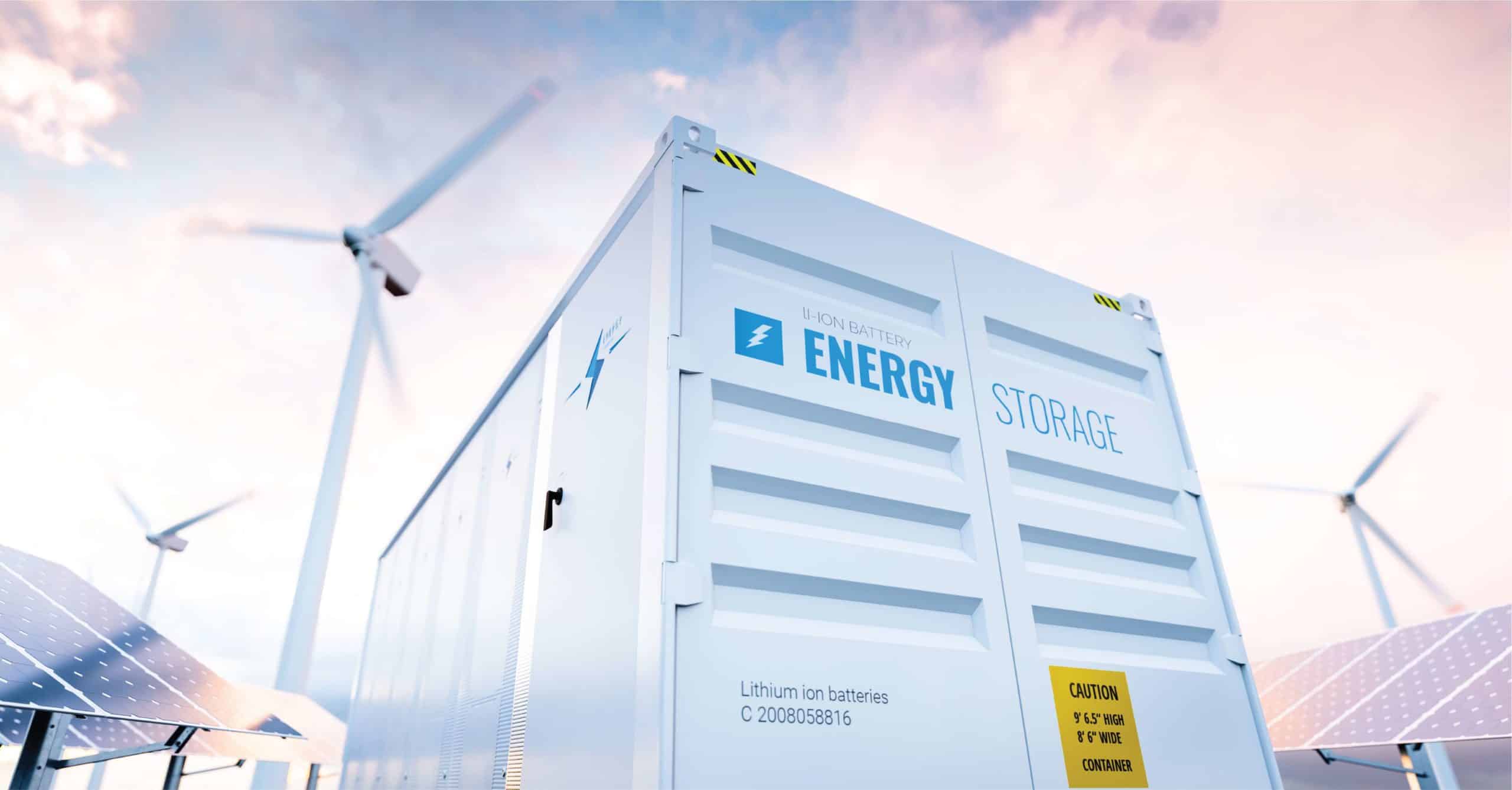- January 17, 2022
- Perspectives
What Entitlements and Permitting Experts Understand About Battery Energy Storage Systems (BESS)

Entitlements and construction permitting can be the most challenging and time-consuming aspects of the design process for BESS facilities. In part two of our three-part series, our experts cover the entitlement and permitting considerations that impact a BESS project. In case you missed it, part one covers Eight Battery Energy Storage System (BESS) Site Requirements You Might Be Forgetting.
Understanding the Land Use Permitting Process
Since BESS is still relatively new and many sites are in areas that are not specifically zoned for battery storage use, a land use permitting process, such as a conditional use permit (CUP) or special use permit (SUP) may be required from the local authority having jurisdiction (AHJ).
This process typically involves working with the AHJ to provide a site layout that meets their specific design requirements while minimizing visual and noise impacts, preserving any cultural or environmental features within the area, and addressing emergency response criteria. To accomplish this, the AHJ will typically require numerous site surveys and reports, which can include an environmental site assessment, cultural resources assessment, biological survey, wetlands determination report, noise study, visual impact assessment, traffic study, and fire and explosion risk assessment and associated code consultation. Depending on the nature of the concerns and the AHJ, this process can take from a few months to over a year.
Pro tip: Discuss the project with the AHJ up front to understand their specific concerns and requirements and the specific information they are looking for. Early coordination with the AHJ allows them to be part of the process and feel more invested in the project, which can lead to shorter review times and quicker approvals.
Construction Permitting
After the initial entitlement process is completed, the project can move to final design and construction permitting. If there are major changes to the approved plan from the entitlement process, especially if they result in additional land disturbance, the AHJ may require a modification or new entitlement process.
Common construction permits include:
- NPDES Stormwater Permit (sites that disturb more than one acre require SWPPP and erosion control design)
- Grading, Earthwork, or Land Disturbance Permit (to satisfy permanent stormwater requirements)
- Driveway Permits (through the AHJ of the adjacent right-of-way such as County or DOT (Department of Transportation))
- Building Permit
- Electrical Permits
Pro tip: Review timelines vary greatly for different AHJs—some approve plans in one review, while others require multiple reviews and revisions to the plans. A local consultant who is knowledgeable about the AHJ’s review process and timeline can help you plan your project schedule accordingly.
Navigating Electrical Permitting
When working through interconnection with the electric utility, some of the more basic, and yet challenging pieces of the puzzle are the proposed system Site Plan, Single-Line Diagram, Manufacturer documentation, and certifications for battery energy storage systems. These items are an important part of the permitting and interconnection processes and can slow down or interrupt the workflow if not readily available. This can also be a bit of a moving target as the rules and requirements are in different states of evolution across various jurisdictions and utilities.
Some of the documentation requirements you can expect include:
- Operating Narrative and System Description
- UL 9540, UL 1973, UL 1741 Certification Listings
- UL 9540A Testing Report
- Compliance with NFPA 1, NFPA 69, NFPA 855
- Anti-Islanding Functionality
- Testing, and Commissioning Documentation
- Equipment Spec-Sheets
Pro tip: Working with the electrical consultant and the supplying manufacturers early in the project to prepare the necessary information can help to avoid delays.
Local Partners Are Your BESS(T) Bet
As experts in renewable energy developments, with offices in nearly every local market, we know the requirements and conditions from state to state and jurisdiction to jurisdiction. Including the right local partners on your team to guide you through permitting, electrical, and structural can help you cut costs and avoid schedule delays.
To learn more about BESS for your project, read Eight Battery Energy Storage System (BESS) Site Requirements You Might Be Forgetting or contact one of our experts.
About the Experts

Chris Hanna
Chris is an electrical engineer focused on the design of power distribution systems for commercial scale solar PV, BESS, and EV charging facilities. His technical expertise includes electrical power systems design, lighting design, cellular/telecommunications design, and electrical/communications utility coordination.

Nick Lamek, PE
Nick is a professional engineer focused on civil site development for Solar PV and BESS facilities. He has worked on over three gigawatts’ worth of Solar Generation and BESS facilities over the past five years in 15 states across the country. His specialties include site planning and layout, grading design, drainage design and stormwater management.

Jon Manning, PE
Jon is a professional engineer and project manager focused on structural engineering in the renewable energy industry. His specialties include foundation design, soil-structure interaction, value-engineering, concrete, and steel design. Jon has extensive experience working on utility-scale solar, wind and battery storage projects across the country. He is also a member of the ASCE Technical Administrative Committee focused on Solar PV Structures.
